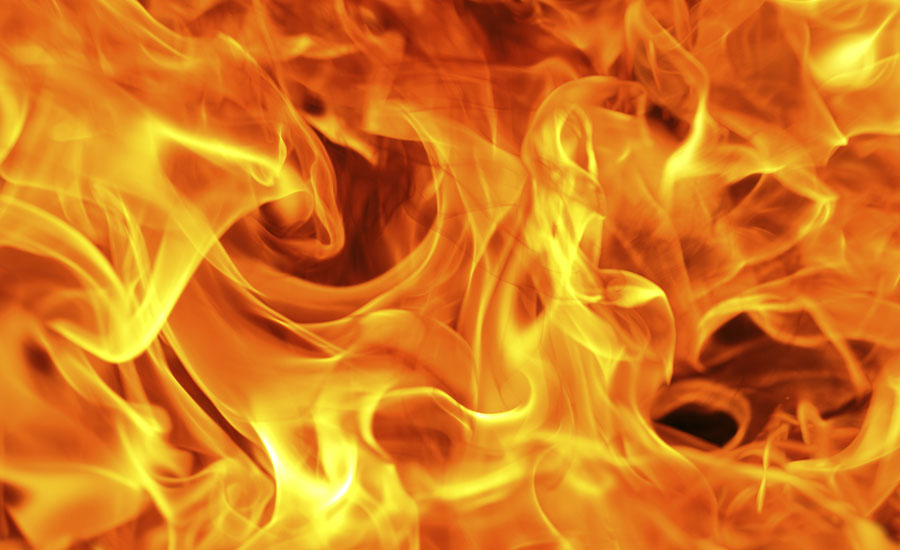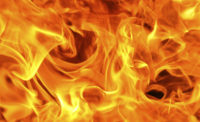In the United States, the number of acres burned each year from wildland fires has grown, increasing work-related risks to wildland firefighters. One invisible risk is carbon monoxide (CO), produced from the burning of fuels, such as in fires or from gasoline-powered engines. In a recent study led by Scott Henn, NIOSH industrial hygienist, he describes conditions that increase this risk. The study appeared in the Journal of Occupational and Environmental Hygieneexternal icon.
Q: Why did you do this study?
A: Fighting wildland fires involves different tasks performed over many days, in different terrain and conditions, affecting how much CO wildland firefighters might encounter. Understanding conditions that increase CO exposure to wildland firefighters can help determine when to use protective measures that reduce exposure, such as rotating tasks and increasing CO-free breaks.
Q: How did you measure CO exposure?
A: During the 2009–2012 fire seasons, the U.S. Forest Service measured CO exposure for 735 wildland firefighters from 57 different fires and recorded information about their work and environmental conditions. With this information, we calculated the CO exposure associated with different tasks and in different environmental conditions.
Q: What did you find?
A: The highest CO exposures occurred among sawyers and swampers, who are workers who cut down and clear trees and brush. Sawyers and swampers were nine times more likely to have higher levels of CO exposure than pump operators, who operate fire engine and portable water pumps. Several other factors were linked to increased CO exposure:
- High relative humidity
- Grass or timber fires
- Windy, downwind, and changing wind conditions
- Firefighting tasks near a fire
Q: What is the next step?
A: Further research is necessary to understand the risk of CO exposure among workers who support wildland firefighters, especially those working near vehicles, airplanes, and helicopters.
More information is available: NIOSH Firefighter Resources.



